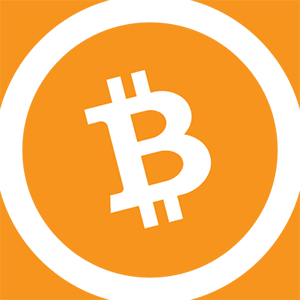Blockchain networks are characterized by their decentralization and thus their independence from a central institution. But how exactly is decentralization to be understood and how are the numerous “account movements” within a blockchain network processed? How can account balances and transactions be transparent and anonymous at the same time? In this blog post we provide easily understandable answers to these questions.
The common used booking system
First of all, it is important to understand how blockchain networks work and how transactions are carried out within these networks. For easier understanding, blockchain networks can be compared to a “shared account book”. All transactions ever made are accurately recorded in this account book, are openly viewable and can therefore be precisely traced. Conversely, this means the account balances and all transactions carried out are public. In order to protect privacy, all accounts within the blockchain are anonymized. This means that account balances and transactions can be viewed, but not assigned to specific persons, companies or other institutions.
Security by transparency
Due to the transparent account management, two important factors can be checked before the transaction. On the one hand, it is possible to indirectly determine whether the instructed credit is actually available and can therefore be transferred. On the other hand, only those credit balances are transferred that really belong to the sender.
With ground against manipulation
Since the blockchain is not monitored and protected by a central institution, the question of security against manipulation arises. After all, in theory entries of the blockchain can be changed. To prevent manipulation, the blockchain uses two mechanisms at the same time.
First, as the name suggests, the blockchain is to be understood as a chain of chronologically sequenced transcations that are put together to form blocks. In other words: one transaction builds on the other. If a specific transaction is to be manipulated, it is not enough to change a single block. Rather, the preceding blocks of the blockchain must also be manipulated accordingly so that the individual pieces of the blockchain fit together – a very labor-intensive process that becomes more complex with each transaction.
Secondly, the blockchain is not stored on one server, but on a number of servers at the same time. As part of the consensus mechanism, the account books on the individual servers are reconciled with each other. A manipulated blockchain is thus quickly noticed and is excluded from the network.
In the next article we will go into the consensus mechanism in more detail.












